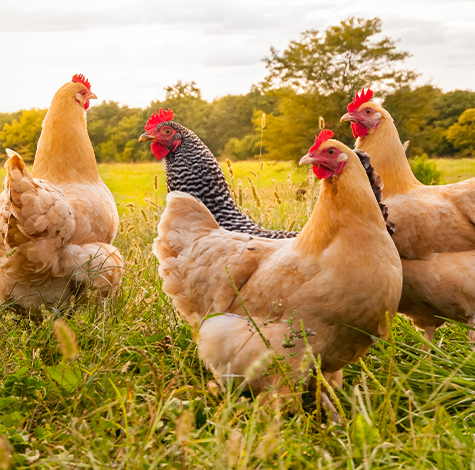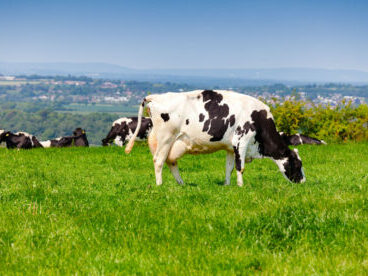The course, conducted by Edwin Snow of Edwin Snow Quality Solutions Ltd., equips the participants to monitor and audit the quality system used to ensure both products and services supplied from UFAC UK.
Quality training – the foundation for the future
Members of the UFAC UK team recently completed a course in Internal Auditing and Quality Systems.
The course, conducted by Edwin Snow of Edwin Snow Quality Solutions Ltd., equips the participants to monitor and audit the quality system used to ensure both products and services supplied from UFAC UK.
Managing Director Robert Jones was one of the trainees.
“I felt it crucial that I took part in the training, to demonstrate that our commitment to quality goes from top to bottom as our customers and their farmer customers demand more from products and advice,” he said.
“This is part of our on-going programme to develop UFAC UK into a world-leading supplier of specialist energy, omega-3 and protein products”.
Don’t FEED FATS TO COWS… …until you speak to UFAC UK
Changes to milk contracts in late 2013 have encouraged some farmers to invest in some fat products to chase butterfats. The message from Martin Smith of UFAC UK is “be careful… and do your sums!”
With butterfat achieving 0.25p per 0.1%, an increase of 0.3% in butterfat content will increase milk price by 0.75p/litre. For a 30 litre cow, this means an extra 23p income per day. However, feeding a ‘C16’ product to achieve this might not be such a good idea after all.
“Priced at £1200/tonne, and fed at 300g per day, the fat will cost 36p/day, giving a net loss of 13p/cow/day, or £26 per cow over a typical 200 day winter,” Martin comments.
“It is more efficient and better for the cow to maximise fibre utilisation and drive rumen production of milk fat precursors such as acetic and butyric acids. This, coupled with a digestible energy source supplying the right mix of unsaturated fatty acids, leads to a much more cost-effective way of maintaining or increasing butterfats. If the aim is to hold butterfat levels then we would recommend Dynalac is included in the diet, but if butterfat needs to be increased then Buta-Cup is a better option.
“When looking at the total ration, lactic acid levels need to be below 45 g/kg DM. Above this level, SARA is much more of a risk, and this will depress acetic and butyric acid production. “It is also crucial that the overall diet is assessed for fibre index using a Penn State Separator, rather than relying on calculated NDF content.
“Using a ‘sticking plaster’ of so-called ‘C16’ products is not the answer, especially as trials have reported estimates of utilisation of ‘C16’ fats were as low as 6%, meaning 94% went straight through the animal. Using a special blend of highly digestible oils increases utilisation rates and allows much more fibre from forage to be incorporated into the diet, so improving rumen health. Furthermore, energy from soft oils carries a zero risk of acidosis,” Martin concludes.


 Back to News
Back to News 



